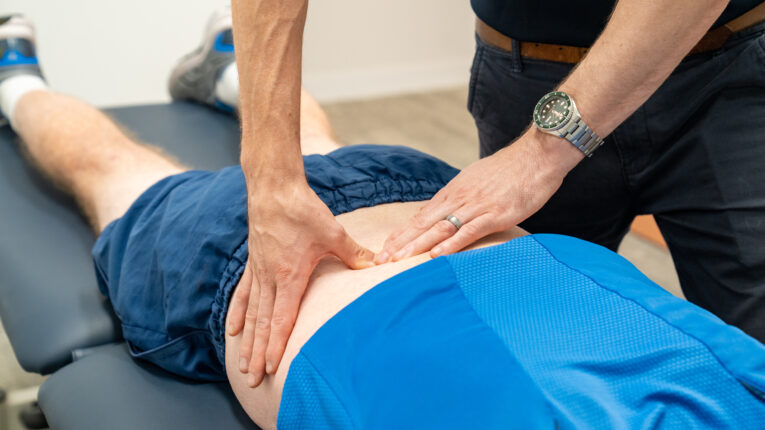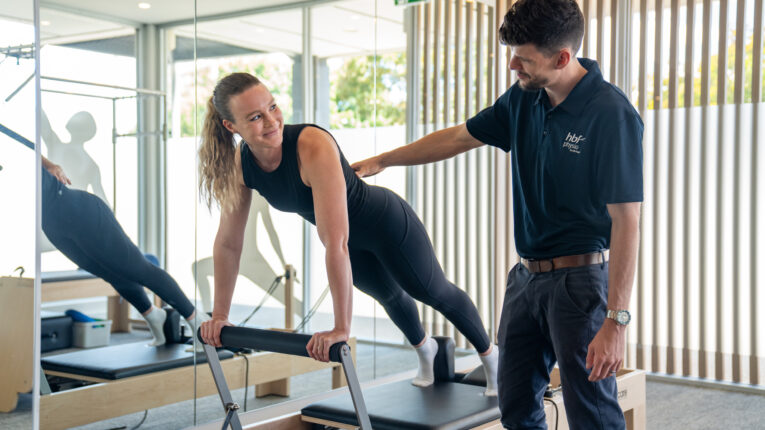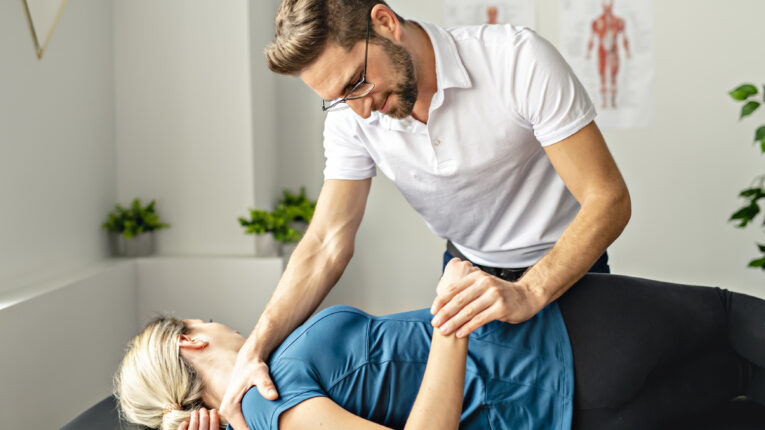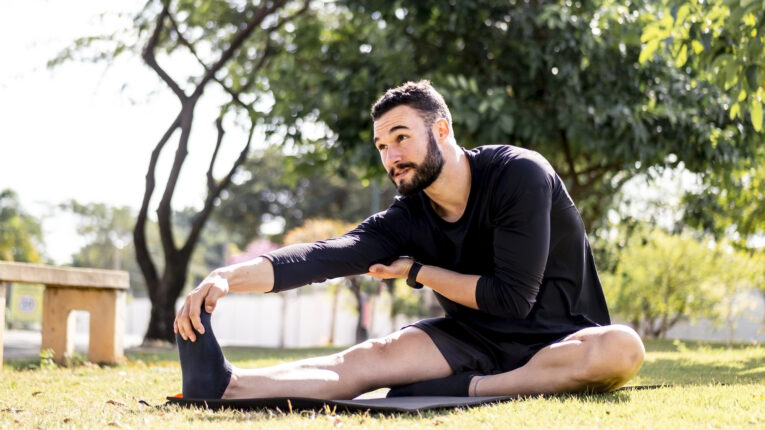Injury prevention from summer to winter sports

Injury prevention from summer to winter sports
If you’re jumping straight back into winter sport after a break, you run the risk of injury. So how do you reduce this risk and get yourself prepared for a winning season?
“Some people may only do sport for six months of the year and then take six months off in the summer,” says Jordan Duncan, physiotherapist at HBF Physio.
“When an appropriate level of fitness hasn’t been maintained in the off season, it’s a shock to the body when full time sport starts again, and this is when injuries occur.”
To minimise your risk of injury, it’s important to stay active in the off season. If you don’t do a summer sport, engage in activities like cardio or resistance training, visiting the gym or playing a sport socially.
“To reduce your risk of injury, it’s a good idea to find out what you’ll be doing prior to commencing pre-season training,” says Jordan. “Once you know this, you can put together a training plan to improve your fitness and strength in a safe way. A physio can help you to do this.”
The most common injuries
Injuries tend to be a lot more common in the winter because the sports played, such as rugby, football and netball, are high contact sports.
Common winter sport injuries include:
- ACL injuries
- Torn ligaments
- Hamstring or tendon injuries
- Calf injuries
- Fractures
- Dislocations
- Ankle injuries
- Shoulder injuries
- Muscle tears
How can I avoid injury when training for a sport comeback?
Pace yourself
Squeezing all your workouts into a couple of days can lead to overuse injuries. Try to get at least 30 minutes of moderate exercise every day. If you can’t manage a full 30 minutes at once, break it up into shorter sessions throughout the day.
Take it slow
Gradually increase the intensity and duration of your workouts. For example, in strength training, add no more than 10 percent to your weights each week.
Your strength, mobility, and endurance will likely be lower after a break, so be patient and build up gradually to your old levels. Use proper technique and form during exercises and movements to avoid strain or overuse.
Stretch
Stretching before and after training prevents injuries, reduces muscle soreness and improves flexibility by preparing muscles for activity and recovery.
Allow yourself recovery days
Recovery days are important during training because they allow your body time to rest and repair, preventing overuse injuries and reducing muscle fatigue.
Look after yourself
Be mindful of any existing injuries or limitations and adapt your training accordingly to prevent aggravating them. A physio can help advise you on this.
How do I recognise injuries?
Recognising an injury depends on the injury itself. Major injuries such as ACL or hamstring injuries are obvious because pain is experienced immediately.
Injuries that are slower to develop include those such as groin, tendons or Achilles injuries.
“These injuries begin subtly,” says Jordan. “Initially, you’ll likely feel a bit stiff or sore after training, with the pain settling after a day or two. However, after this, the pain will start to worsen again and will continue to increase with further training.”
Whatever your injury, it’s important to seek out medical advice as necessary.
How can I reduce the risk of injury during the season?
- Speak with a physio for advice on injury prevention
- Seek professional guidance from coaches, trainers, or healthcare professionals to ensure safe practices
- Warm up, focusing on the specific muscle groups to be used
- Wear suitable footwear and headgear where necessary
- Listen to your body and be mindful of any existing injuries or limitations
- Stretch and cool down post games
How can a physio help?
When it comes to injuries, early assessment and diagnosis is ideal. The earlier that you visit a physio, the better your chances are for a quick recovery.
“A physio will help identify why your injury has occurred and implement a treatment plan to help get you back on track,” says Jordan.
“We can help you to identify the activities you should and shouldn’t be doing and offer advice on activity modification and help reduce the risk of the injury reoccurring.”





